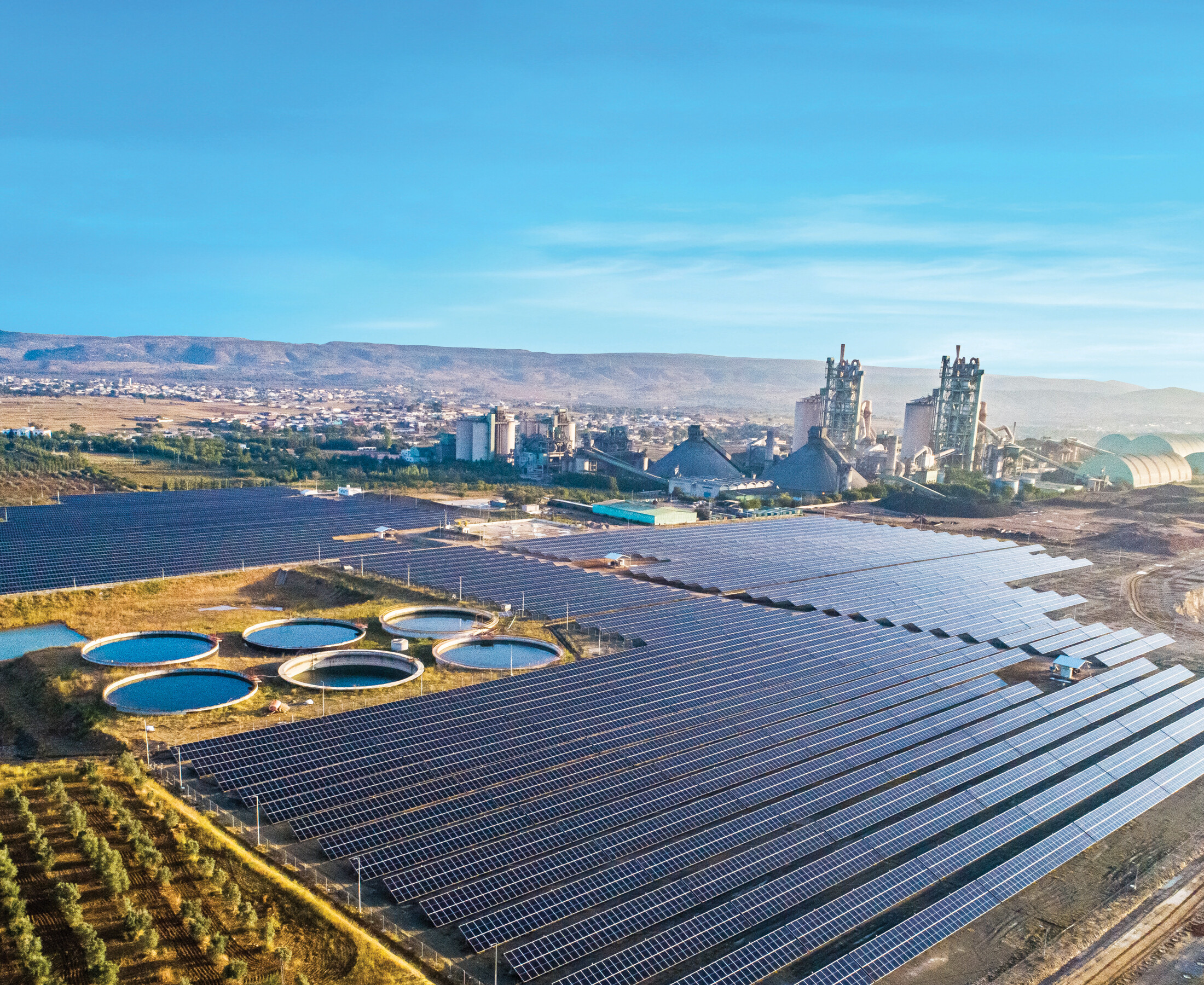Solar panels now power over 60% of streetlights in Islamabad

1. Introduction: Islamabad’s Streets Go Solar
Islamabad is witnessing a notable shift toward renewable energy as solar panels now power over 60 % of its streetlights. This transformation not only enhances energy efficiency but also aligns with Pakistan’s broader drive to embrace sustainable technologies and reduce electricity costs in the long term.
2. What It Means
Streetlights across the city are now equipped with solar-powered LED luminaires. These units use photovoltaic panels to charge batteries during daylight, which then power the lights through the night—dramatically lowering reliance on conventional grid electricity.
3. CDA’s Strategic Green Vision
In early 2023, the Capital Development Authority (CDA) officially approved a pilot program to shift streetlights and government buildings to solar energy, aiming to meet increasing energy demand while cutting costs Arab News PK+15The News+15The Express Tribune+15. Islamabad has over 40,000 streetlights, and traditional grid-supplied power posed a heavy financial burden. The CDA’s commitment included commissioning consultants to evaluate the feasibility of solar deployment at scale Dawn.
4. From Pilot to Full Rollout
The pilot project began in visible areas like major city roads and public spaces. Following its success, CDA accelerated the deployment:
- Over half of the streetlight network has now transitioned to solar.
- The program includes both standalone light fixtures and solar canopies above transformers and pump stations.
Given Islamabad’s abundant sunlight, the energy harvested daily easily matches the nighttime demand, ensuring reliability even during grid issues.
5. The Infrastructure Setup
Each solar streetlight system comprises:
- A high-efficiency LED lamp
- A weatherproof solar panel and battery unit
- Charge controllers and built-in smart sensors, allowing dimming and fault detection
Strategic installation across selected precincts prioritized high-consumption zones to maximize impact and cost reduction.
6. Benefits Realized
| Category | Before Implementation | After Implementation |
|---|---|---|
| Energy Costs | High recurring grid electricity bills | Savings of 70–80 % per unit of lighting |
| Reliability | Frequent load shedding disrupted lighting | Consistent night-time lighting every day |
| Environmental Impact | Heavy carbon emissions, energy wastage | Zero-emission lighting powered by sun |
| Operational Ease | Manual meter reading and billing | Automated systems with remote control features |
Switching over 60 % of the streetlights has significantly improved both service delivery and cost efficiency.
7. Overcoming Challenges
Implementing this large-scale rollout involved several hurdles:
- Technical limitations in heavy rain or winter—CDA equipped systems with robust batteries and charge management.
- Higher upfront costs—recovered within 3–4 years through reduced energy expenses and low maintenance.
Plans are in place for regular servicing and remote performance monitoring to ensure the system’s long-term success.
8. Citizen Experience
Islamabad residents have praised the consistent night-time lighting along roads and parks. During power outages, solar streetlights remain illuminated—dramatically improving safety and aiding efficient traffic flow.
9. Synergy with Broader Solar Adoption
This municipal solar initiative complements Pakistan’s extraordinary solar boom — the country saw a 12 % rise in rooftop solar capacity, with 2,813 MW of net-metering installed by March 2025 The Express TribuneReddit+2Islamabad 51+2Arab News PK+2. Islamabad households and businesses are increasingly installing solar panels, pointing to strong local support for clean energy.
10. Future Expansion & Long-Term Vision
CDA plans to extend solar lighting to every street in the capital and equip public buildings and traffic signals with solar backup Business Standard+15The Express Tribune+15Dawn+15. The next phase envisions smart city integration, where solar-powered infrastructure connects to central grids and central management systems for optimized energy use.





